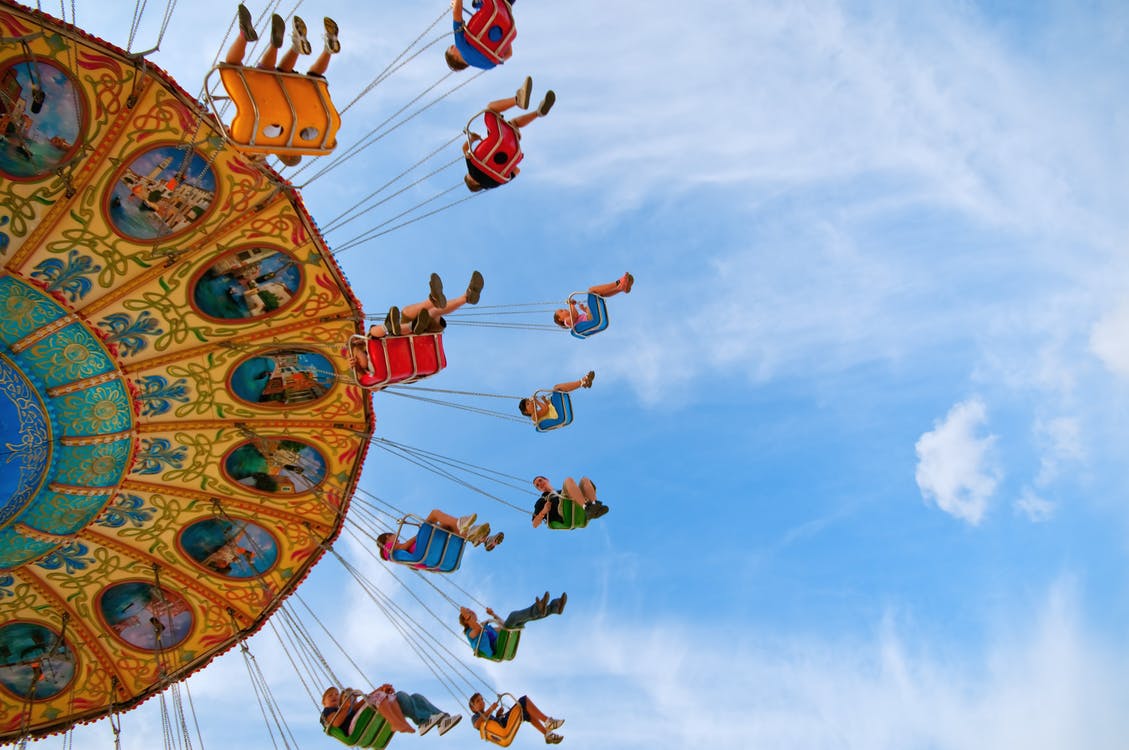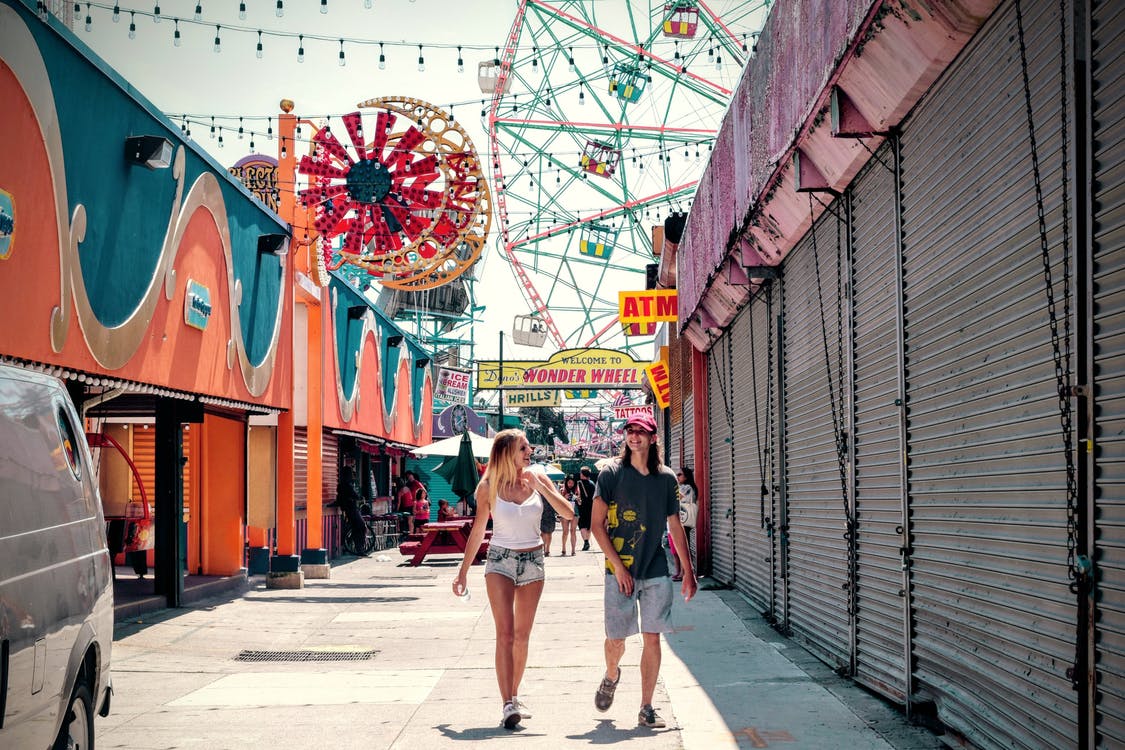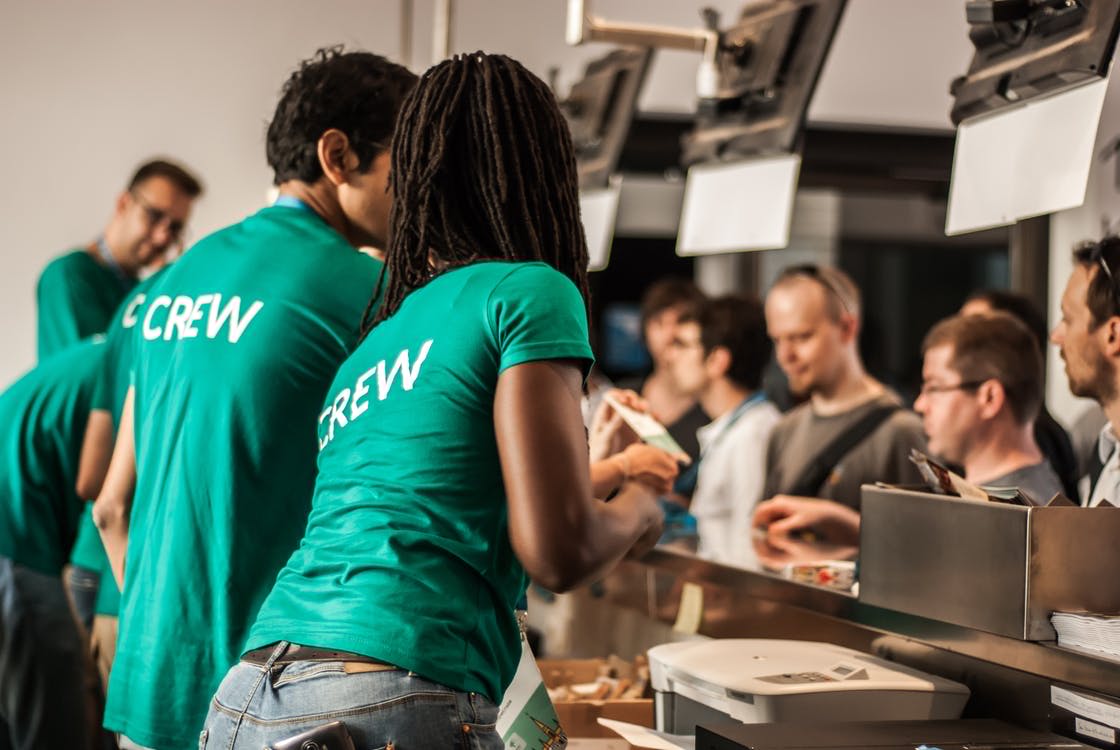How To Engage With Customers
Here’s How Successful Event Organizers Convert First-Time Customers Into Regular Customers
Marketers recently ranked “engaging customers” and “building customer loyalty” as tied for their lowest concern, reported a 2015 Forbes magazine article.
Those marketers might need to take classes in Math and Logic. Why? First of all, seeking to retain customers is significantly more effective costwise and timewise than seeking to sell to non-customers according to the article “Customer Retention Should Outweigh Customer Acquisition.” Secondly, engaging customers and building customer loyalty is integral to customer retention efforts.
The numbers don’t lie. Businesses have a 60 to 70 percent chance of making a sale to an existing customer, but only a 5 to 20 percent chance of making a sale to a non-customer, reports the publication RESCI (Retention Science). In addition, repeat customers spend about one-third more than one-time customers and 80 percent of a company’s profits come from 20 percent of its customers.

How do you engage first-time customers who have just bought a ticket to one of your events so they become long-term customers? Unfortunately, too many marketers use the hard-sell approach. A soft-sell approach works much better, according to the Harvard Business Review article “To Keep Your Customers, Keep It Simple.”
“Rather than pulling customers into the fold, marketers are pushing them away with relentless and ill-conceived efforts to engage,” says the article, which was based on surveys of 7,000 consumers and interviews with hundreds of marketing experts and executives.
As an event organizer, you want to engage with a first-time customer between the sale and the event and after the event if you’re organizing future events. Here are some tips:
1. Survey Your Customers:
Thanking a customer for buying a ticket to your event should be your first communication with the customer -- and the communication should occur as soon as possible. An e-mail is preferable, partly because it’s not that obtrusive. The e-mail should include a survey. The objective of the survey is to learn about the individual’s likes and dislikes such as what kinds of events interest them so future communications can be more individualistic.
2. Provide Info About The Event:
Avoiding blatantly promotional pitches is important. The customer has bought a ticket so more selling isn’t necessary. However, providing detailed information such as facts about contests during the event or facts about the entertainers or business experts at the event could increase the guests’ enthusiasm or even lead to word-of-mouth advertising that spurs some of their friends to buy tickets.
3. Provide Info About Future Events:
You have gathered information on the customers so inundating them with information on every event could be annoying overkill. Some customers should receive information on Events A, B, and C while others should receive info on Events D, E, and F. The info in the e-mail shouldn’t be comprehensive or overly promotional. It should instead tell customers that there is more comprehensive info on your company’s website and social media pages. In other words, improving your website and social media pages is crucial.
4. Utilize Objective Information:
Telling existing customers your events are the greatest comes across as egomaniacal and phony. There are two better alternatives. One is to show your events are exciting by posting photos and videos of past events on your website and social media pages. Another is to refer customers to published and recorded information about your events, speakers, concerts, etc. If you’re in Los Angeles, perhaps the Los Angeles Times has published articles related to your events -- or perhaps you can convince them to.
5. Be Very, Very Patient:
Patience is a virtue. Sending a blizzard of information between the sale and the event could be counterproductive. It’s preferable to take your time in cultivating customers, sending some information before the event, but continuing to send information after the event.
“The longer you are able to sustain engagement with customers, the more data you are able to collect, which translates into more usable insights for campaigns,” reports the Forbes magazine article, which is entitled “Customer Retention Is King: The Future Of Retention Marketing.” “In less technical terms, the longer you are able to retain customers, the easier it is for you to understand and service them. This fosters brand loyalty in the long term.”
There’s no equation for how to engage with customers, but hopefully the above tips will help you convert temporary customer relationships into very profitable, long-term relationships.








